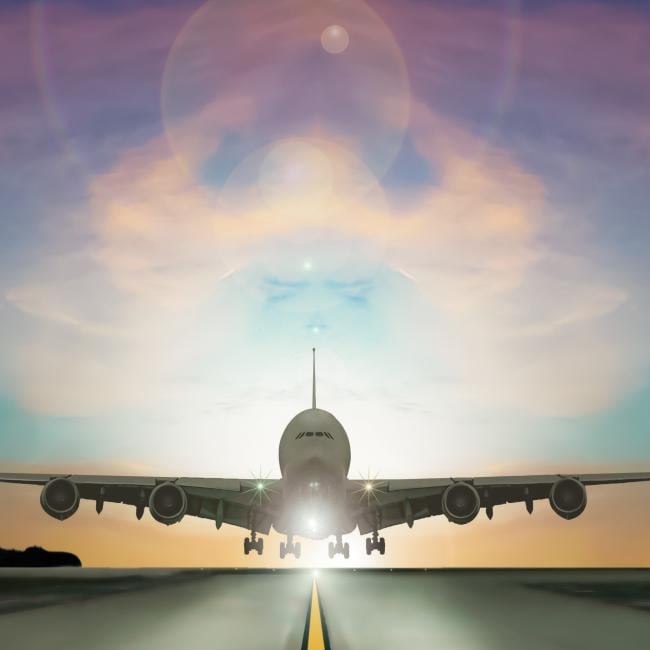New Year's Traditions From Around the Globe


Cultures all over the world participate in New Year’s traditions—but how and when people celebrate the new year is hardly universal.
If you live in the Western hemisphere, you’re probably used to wishing family and friends a happy new year when the clock strikes midnight on January 1st. However, for many around the world, New Year’s is celebrated at a completely different time of year.
Chinese New Year starts in late January or early February. Some cultures go by the Julian lunar calendar—as opposed to the Gregorian calendar most of us are familiar with—and celebrate New Year’s in mid-January. The Jewish New Year takes place in the fall.
Maybe you will celebrate with the traditional fireworks display, a champagne toast, or a night out on the town with friends, but across the globe, the traditions vary by country and culture. Here’s a small sampling of the many ways the world celebrates New Year’s.
In Spain, they’ll eat 12 grapes for luck
Crowds will welcome the new year by gathering in Madrid’s Puerta del Sol Square, where it is traditional to eat one grape with each chime of the clock as it strikes 12. It is thought that this custom dates back to 1909, when Alicante grape-growers used it as a way to cut down on a surplus of grapes leftover from that year’s harvest.
Estonians hope to gain the strength of 12 men
Some Estonians will eat seven, nine, or twelve times on New Year’s Eve—not only are these numbers considered lucky in Estonia, but it is believed that for every meal a person consumes, they will gain the strength of that many men in the following year.
In Talca, they’ll spend the night with the dead
In the Chilean city of Talca, thousands of people visit the local cemetery after mass. It is traditional to gather together in the candlelit municipal graveyard to welcome in the New Year in the company of departed relatives.
In Johannesburg, the forecast is: furniture
This South African custom will definitely keep pedestrians on their toes. Some people in Johannesburg adopt an “out with the old, in with the new” attitude by throwing old furniture out of the window—to make room for the good luck that the new year will hopefully bring.
Canadians will plunge into icy waters
In Canada, “Polar Bear Plunges” are popular on New Year’s Day. Hundreds of people jump into a body of water despite the extremely low temperatures—this is normally carried out to raise money for charity and huge crowds gather to watch. As well as being popular in communities across Canada, this tradition takes place in the USA and European countries.



